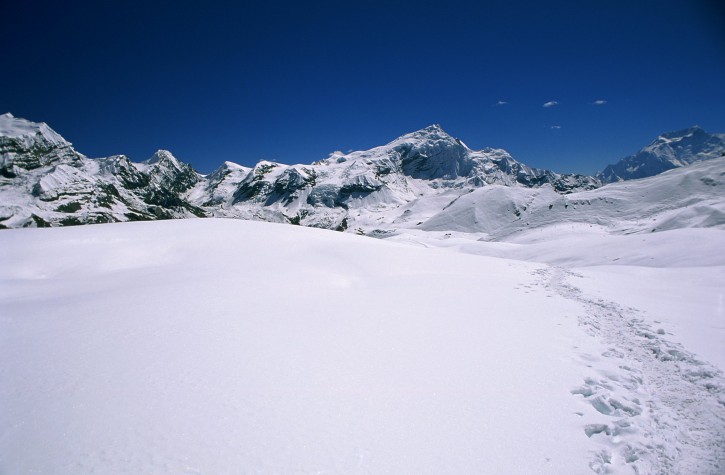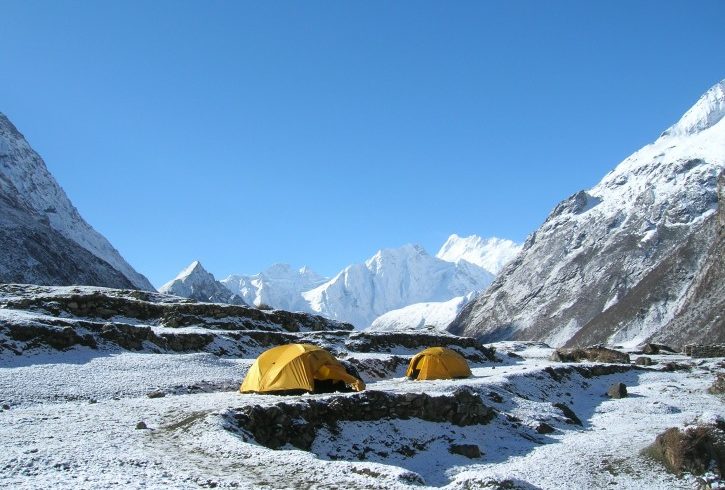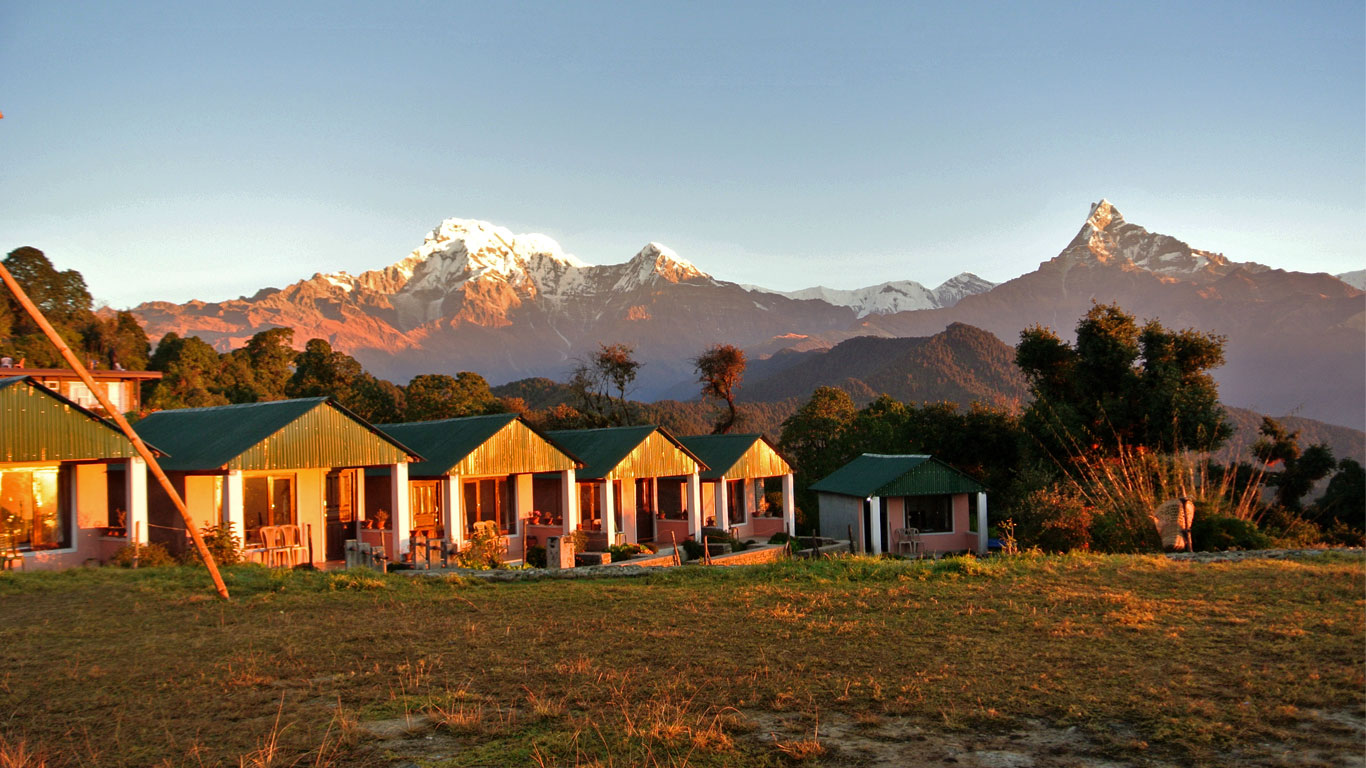Annapurna Circuit Trek
Nepal
Tour Type
Trekking & Hiking
Group Size
15 persons
Location
Nepal
Overview
Trip Overview
Trekking to Annapurna Circuit is more than just a trekking; it is also the great privilege to explore the hidden mystery of remote Himalaya. Annapurna Circuit is the part of gigantic Annapurna mountain range that covers the total length of the route varying from 160-230 km, depending on where the trek starts and ends. Annapurna circuit trek is well-known for its diversity of landscapes, topography and climatic zone, it traverses during the trail. Starting from subtropical, 730m at Beshishar, the trail goes through lush vegetation, quaint village and varied landscapes before reaching Thorong La Pass (5,416m), the highest point of the trek. Staring trek through anti-clockwise route needs daily low altitude gain per day and crossing Thorong La Pass is safe and easy. The gripping glimpse of Mount Dhaulagiri, Machhapuchhre, Gangapurana, Annapurna and Manaslu are what you get to view most of the time during the trail. Annapurna Circuit is voted as one of most beautiful long-distance trail in the world.
The trial starts from Beshisahar (730m) and snakes through the rice paddy tiered valleys, gigantic cliff across roaring rivers into Tibetan Buddhist settlements and climbs high into Himalayan peaks. Beshisahar lies at seven hours northwest drive from Kathmandu. The concluding point of the trek is Kali Gandaki gorge, the deepest canyon in the world and the bisecting point of Dhaulagiri on the west and Annapurna on the east.
Annapurna Circuit Trek is moderately difficult and it can be strenuous at higher altitude. Since teahouses are built throughout the trail route; it can be done in fully teahouse mode. 15-day trekking requires an optimum level of fitness and preparedness. With a construction of a road, the trekking route has shrunken significantly but mountain biking is becoming popular with Mustang in particular one of fascinating mountain biking destination in the world.
Included/Excluded
Travel Styles
Facilities
FAQs
What is the best time to trek the Annapurna Circuit?
How difficult is the Annapurna Circuit Trek?
Do I need a guide or porter for the Annapurna Circuit Trek?
What permits are required for the Annapurna Circuit Trek?
What kind of accommodation is available on the Annapurna Circuit?
What type of food is available during the Annapurna Circuit Trek?
Is altitude sickness a concern on the Annapurna Circuit Trek?
What should I pack for the Annapurna Circuit Trek?
How do I reach the starting point of the Annapurna Circuit Trek?
Reviews
Extra prices:
- {{total_price_html}}
- {{pay_now_price_html}}





